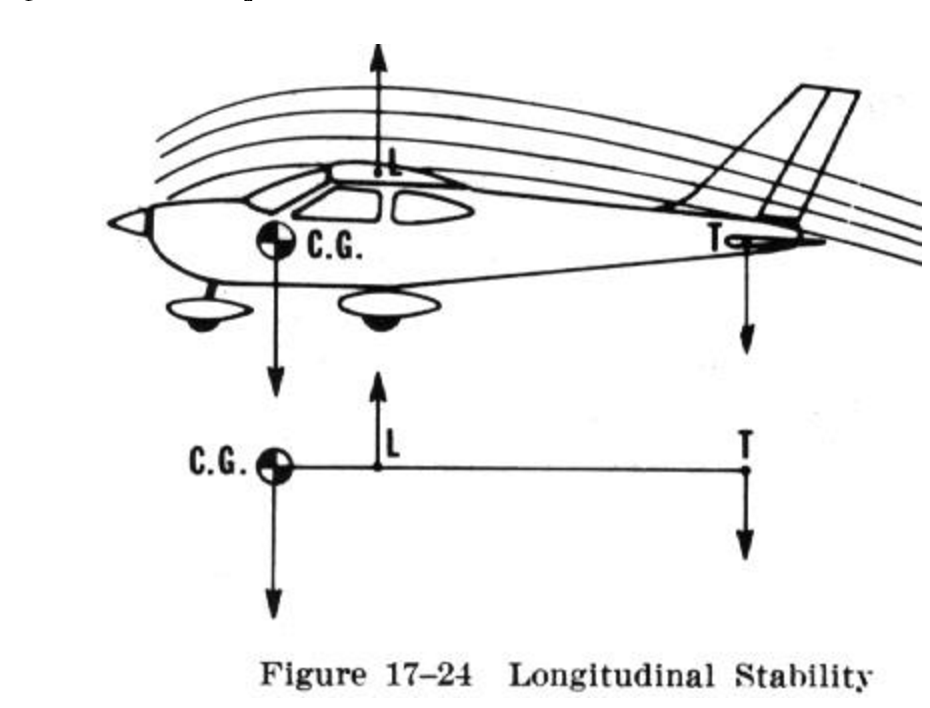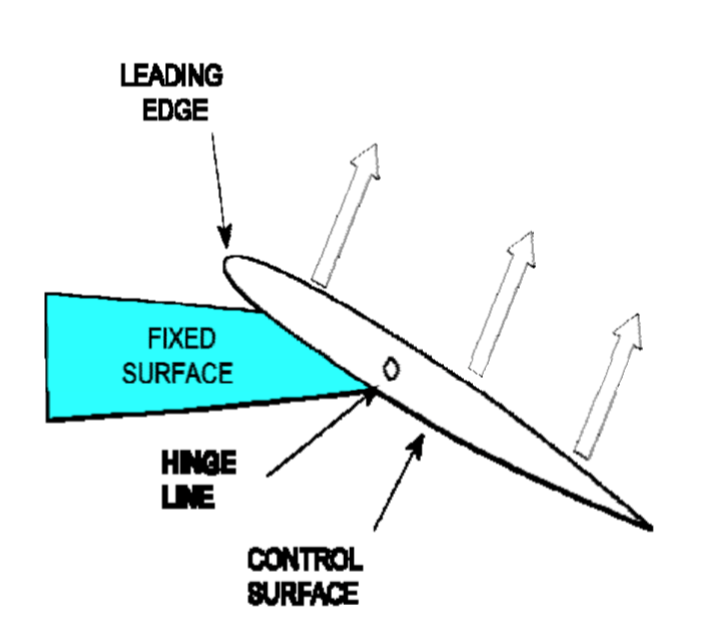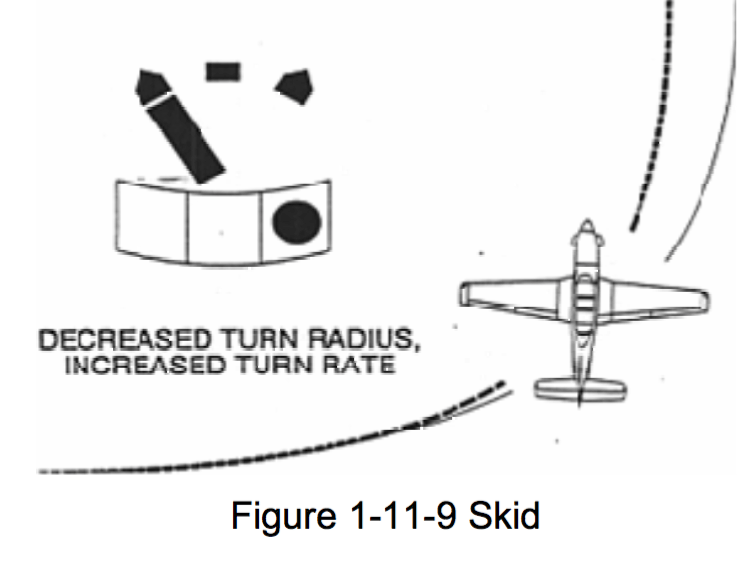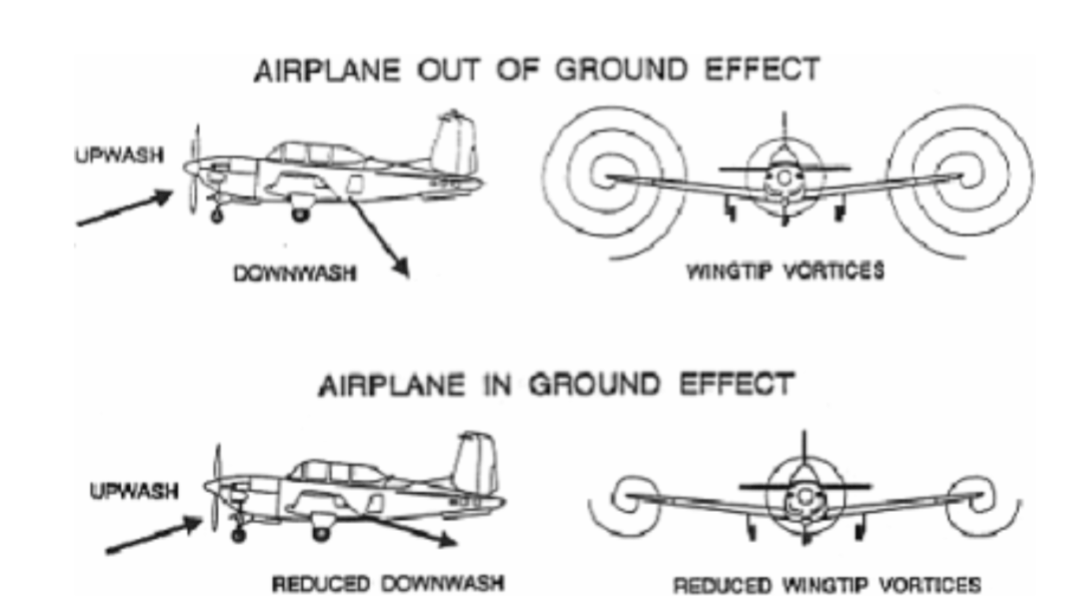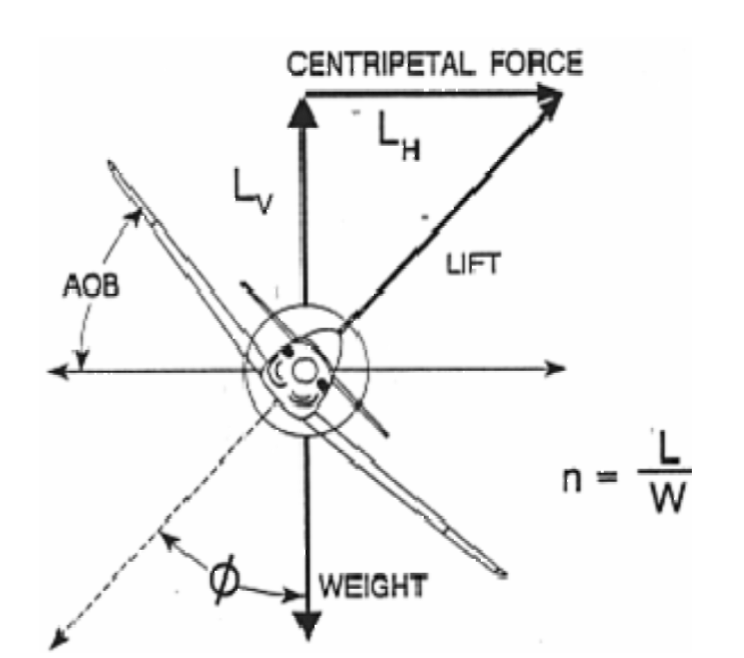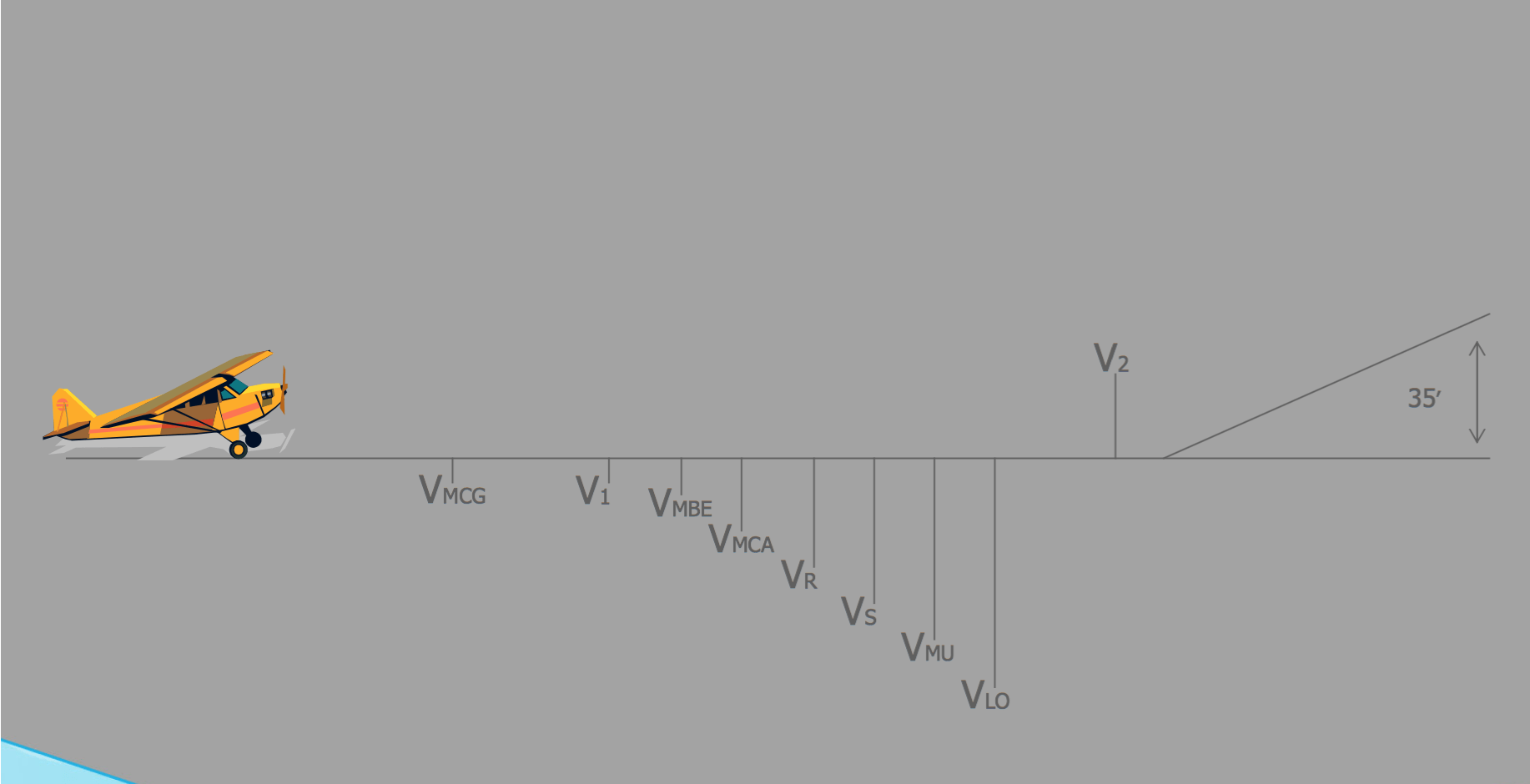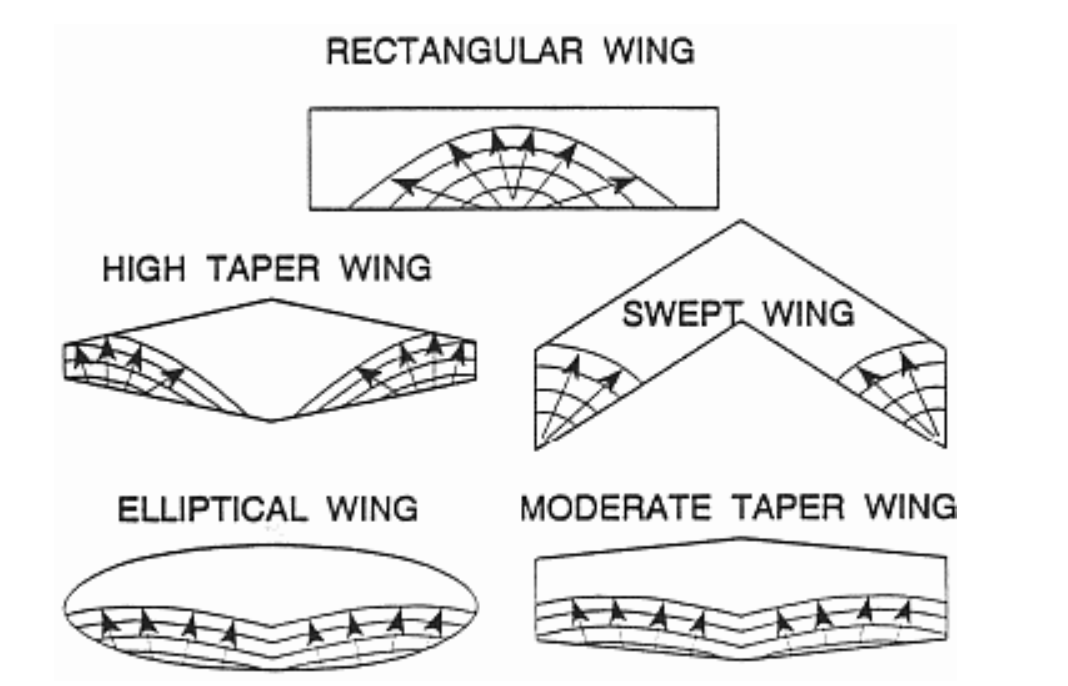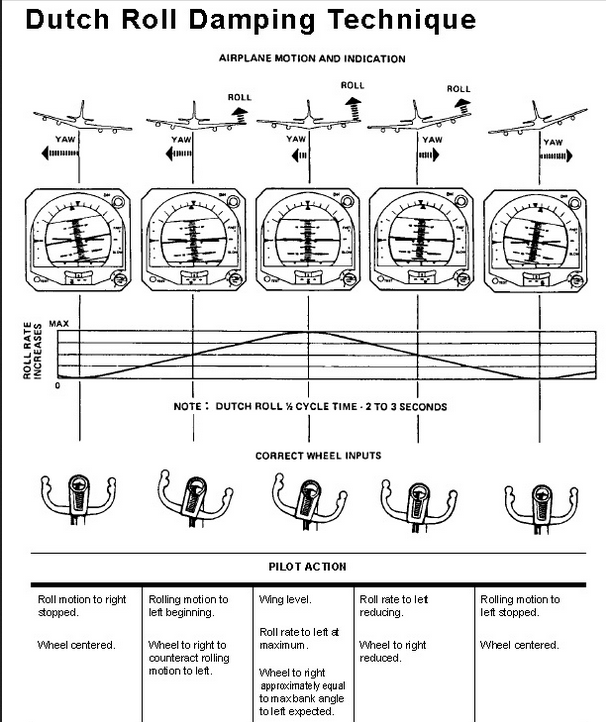
Controllability Factors
admin@readysettakeoff.com

Related Articles
-
Longitudinal Static Stability
Jet Brain, , Aerodynamics, 0
You are unauthorized to view this page. Please login your credentials Username Password Remember Me Forgot Password
-
Aerodynamic Balance
Jet Brain, , Aerodynamics, 0
You are unauthorized to view this page. Please login your credentials
-
Coordinated Turns
Jet Brain, , Aerodynamics, 0
You are unauthorized to view this page. Please login your credentials
-
Topic of the day: Aerodynamics/Equilibrium
Jet Brain, , Aerodynamics, 0
You are unauthorized to view this page. Please login your credentials
-
Landing Performance
Jet Brain, , Aerodynamics, 0
You are unauthorized to view this page. Please login your credentials
-
Turn Performance
Jet Brain, , Aerodynamics, 0
You are unauthorized to view this page. Please login your credentials
-
Takeoff Performance
Jet Brain, , Aerodynamics, 0
You are unauthorized to view this page. Please login your credentials
-
Stall Pattern and Wing Design
Jet Brain, , Aerodynamics, 0
You are unauthorized to view this page. Please login your credentials

